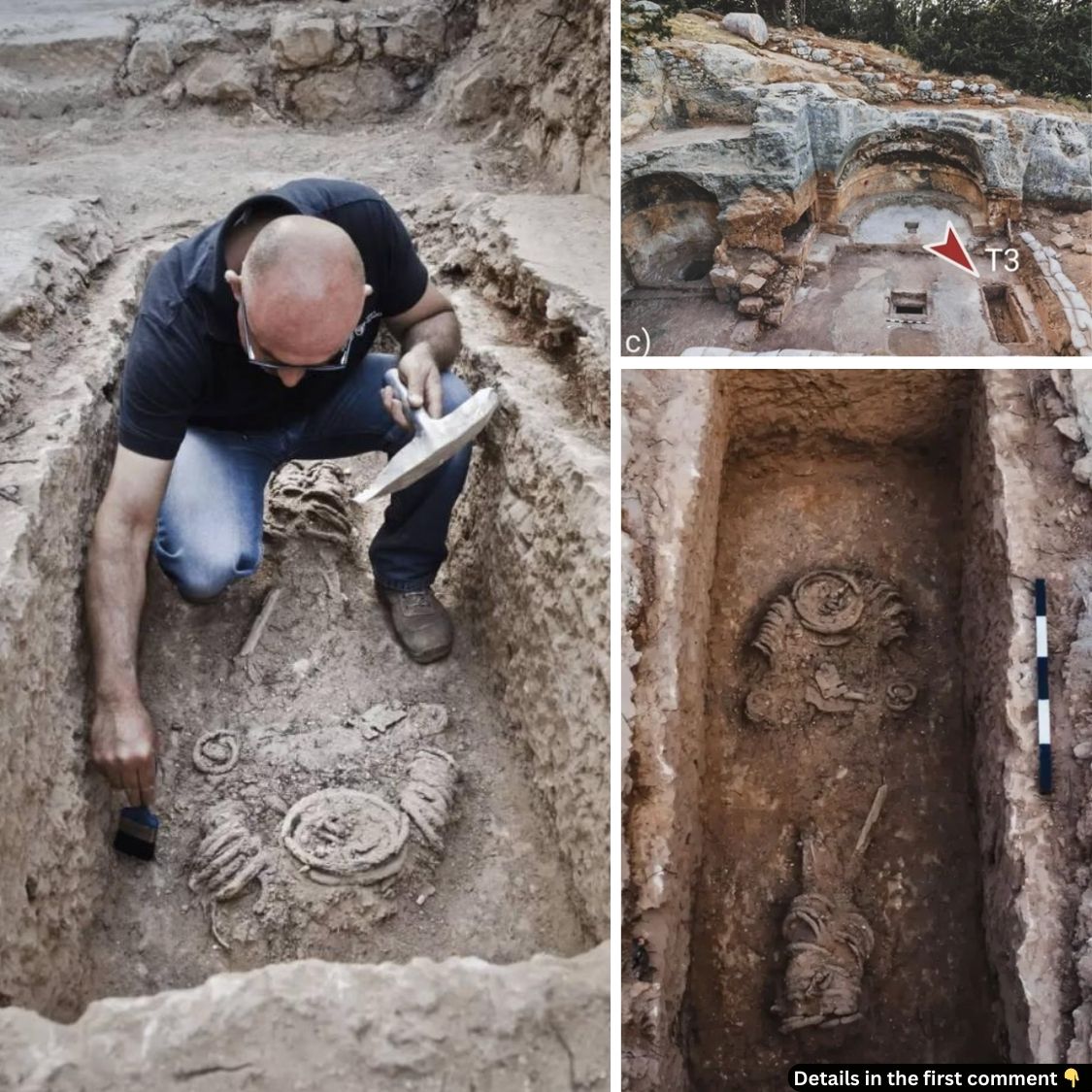In a groundbreaking discovery near Jerusalem, archaeologists have unearthed a Byzantine-era burial that challenges traditional beliefs about religious practices. Wrapped in heavy chains, the remains of a woman, once assumed to be a male ascetic, offer new insight into the lives of women in the early Christian world. This rare find, revealing an extreme form of self-discipline, raises intriguing questions about the role of women in ancient asceticism and their pursuit of spiritual purity through physical restraint.
The Byzantine Monastery and the Context of Asceticism
Khirbat el-Masani, located northwest of Jerusalem, was an important Byzantine monastery during the 4th to 7th centuries. This site served as both a place of religious devotion and a refuge for pilgrims. The monastery’s strategic location along the Christian pilgrimage route to Jerusalem made it a significant center of spiritual practice.
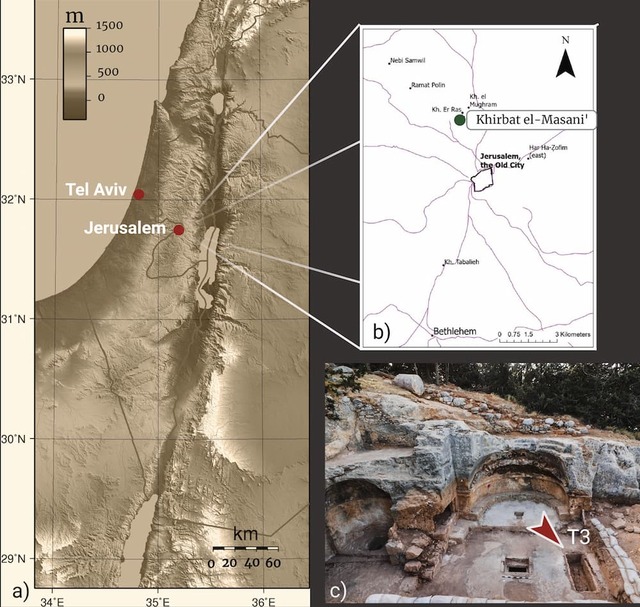
During this period, asceticism was widespread, with monks and nuns alike embracing extreme measures to purify the soul. For men, this often involved living in isolation or atop pillars, with chains symbolizing the control over one’s physical desires and the focus on spiritual matters. While male ascetics are well-documented in historical records, the role of women in such practices has been less explored—until now.
Video
Watch the video to discover the surprising identity of an ascetic monk buried in chains in Byzantine Jerusalem. She was a woman! Don’t miss this intriguing historical revelation.
A Shocking Revelation: A Female Ascetic
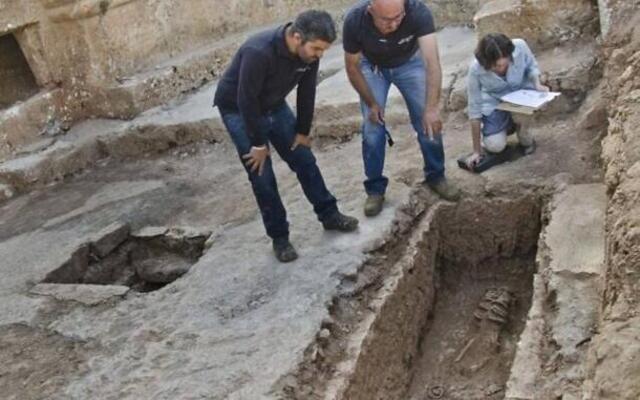
When the skeleton wrapped in chains was first discovered, archaeologists initially assumed the remains belonged to a male ascetic, as chains were commonly associated with male monks. However, after conducting detailed scientific analysis, researchers were astounded to learn that the individual was, in fact, female. This breakthrough challenges the traditional notion that ascetic practices involving chains were exclusive to men.
The discovery of a woman engaging in this form of extreme religious devotion is revolutionary, providing the first known evidence of female asceticism in Byzantine Jerusalem. The existence of such a burial raises new questions about women’s roles in early Christian monasticism, shedding light on a previously unknown aspect of their participation in religious life.
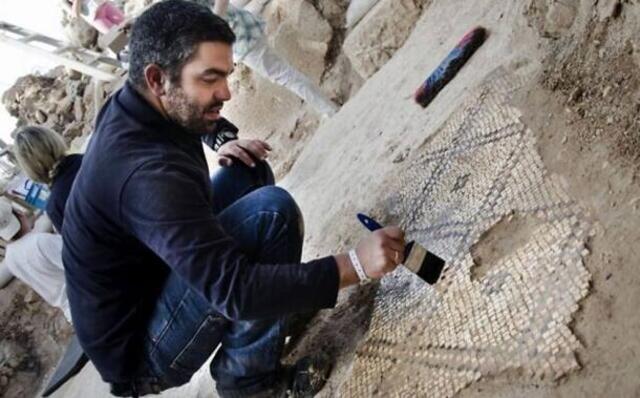
The Use of Chains in Ascetic Practices
Ascetic practices often involved self-denial, with individuals seeking to detach themselves from material pleasures and worldly distractions. While fasting, celibacy, and prayer were common forms of asceticism, some monks and nuns took this to extreme levels, using physical restraints such as chains.
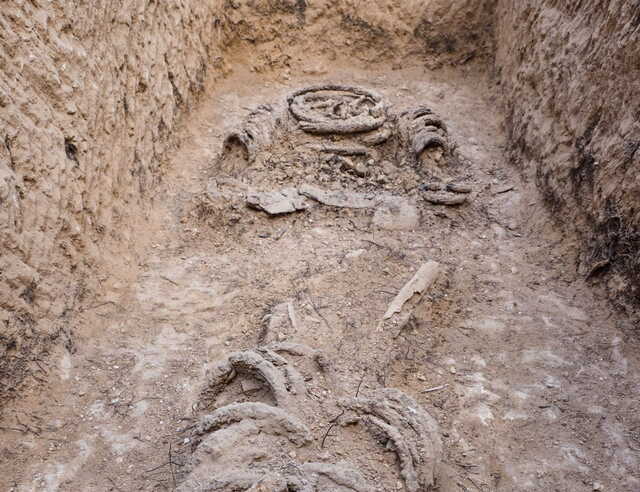
These chains were worn to limit mobility, symbolizing the control of the body and the complete focus on spiritual matters. Though chains were widely used by male ascetics, this practice was rarely documented among women. In fact, historical sources have seldom mentioned women using chains as part of their asceticism, making this discovery all the more significant. By wrapping herself in chains, this woman likely sought to achieve a heightened spiritual purity, demonstrating her extreme devotion to God.
Scientific Advancements: How Proteomics Determined the Biological Sex
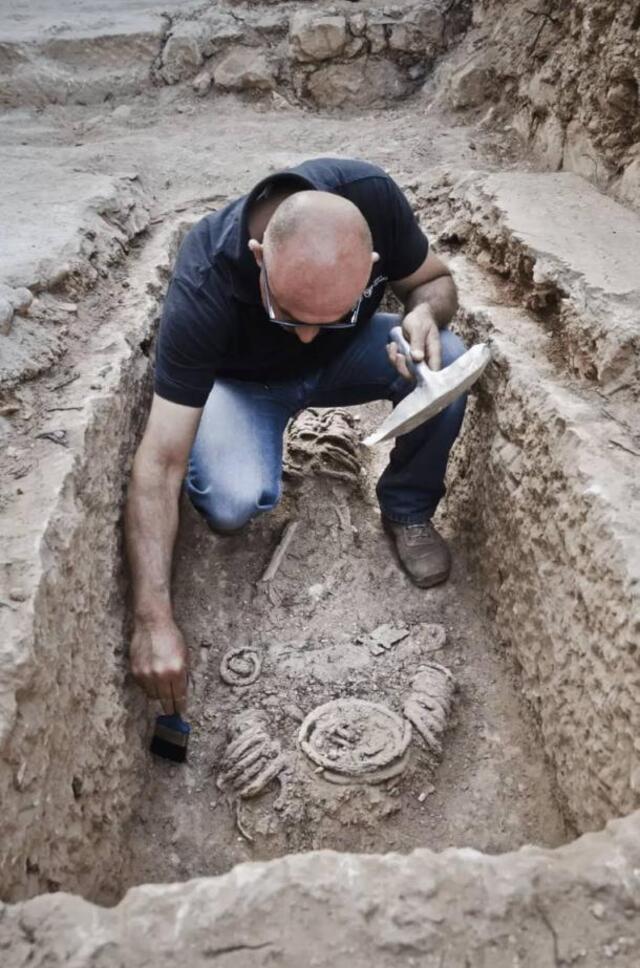
Due to the poor preservation of the skeleton, traditional methods of determining the individual’s sex were not sufficient. To overcome this, scientists employed dental enamel proteomics, a cutting-edge technique that analyzes proteins in tooth enamel to determine biological sex.
The researchers examined the presence of amelogenin proteins, which are linked to the X and Y chromosomes. The absence of the Y-chromosome variant confirmed that the individual was biologically female. This innovative approach marks a new frontier in archaeological research, allowing for a more accurate understanding of ancient human remains, even in cases where traditional methods are not applicable.
Asceticism in Early Christianity: Physical Self-Mortification for Spiritual Purity
Asceticism was not just about physical restraint; it was a practice deeply rooted in the belief that bodily suffering could purify the soul. This concept is seen throughout the history of Christianity, where monks and nuns sought to transcend their earthly desires and focus entirely on their relationship with God.
The use of chains was a particularly extreme method, symbolizing the ultimate sacrifice of the body in order to focus solely on spiritual matters. This form of self-mortification was believed to help ascetics achieve a closer connection with God, purging them of distractions and earthly pleasures. While male ascetics were often the focus of historical records, this discovery demonstrates that women, too, participated in such extreme religious practices, even if their paths were generally less extreme.
The Emotional and Spiritual Significance of the Burial
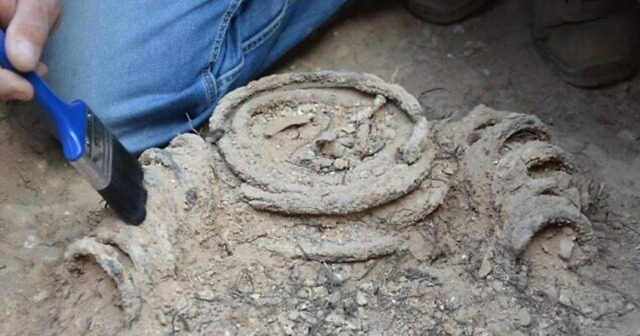
The burial of the chained woman in Khirbat el-Masani is not only an archaeological discovery but also a deeply emotional and spiritual revelation. The use of chains was not a form of punishment but rather a chosen way to live a life of extreme discipline. By restricting her physical movements, the woman was able to create space for her mind and spirit to turn entirely toward God.
Her burial in this way may have been intended to honor her ascetic lifestyle, ensuring that her commitment to spirituality was recognized even after death. The emotional significance of the inscription on her grave marker, “The sweetest child in the world,” alongside an image of the child hunting rabbits, adds another layer to the spiritual and emotional depth of this discovery. It speaks to the personal lives of these ascetics, revealing that even in their extreme devotion, they were still connected to the world in some way.
The Legacy of the Discovery: Rewriting History
This groundbreaking discovery has the potential to rewrite the history of women in early Christianity. For centuries, historians have largely overlooked the involvement of women in extreme asceticism, particularly in relation to the use of chains.
This find suggests that women may have been more active participants in these practices than previously thought. It also challenges the traditional narrative that asceticism was exclusively a male pursuit, opening the door for further exploration of female monasticism in the Byzantine era. As this discovery continues to make waves in the academic world, it will likely prompt new research and reevaluations of ancient texts and burial practices, further expanding our understanding of the role women played in early religious communities.
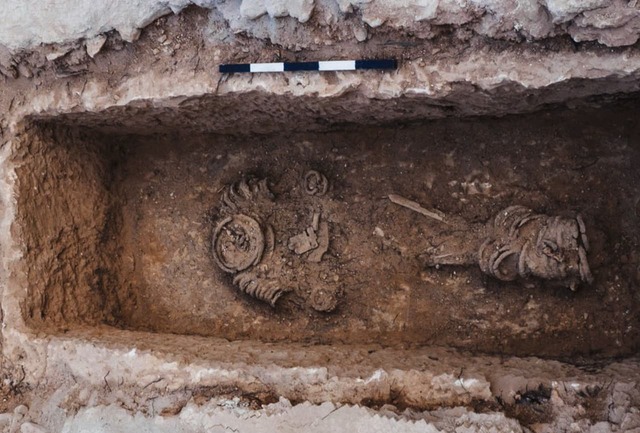
Video
Watch the video to explore the Virtual 3D Ancient Jerusalem app! Don’t miss this immersive experience of the ancient city’s history and landmarks.
Conclusion: Reassessing the Role of Women in Religious Life
The discovery of a female ascetic wrapped in chains in a 5th-century Byzantine burial in Jerusalem is nothing short of revolutionary. This find challenges long-held assumptions about women’s roles in early Christianity and ascetic practices, providing concrete evidence that women, too, participated in extreme forms of self-discipline.
The use of chains as a form of spiritual purity, while historically associated with male monks, was embraced by this woman, offering new insights into the diversity of religious experiences in the Byzantine world. As archaeologists continue to explore this fascinating discovery, it will undoubtedly inspire a reassessment of the history of women in religious life, opening up new avenues for research and understanding.
